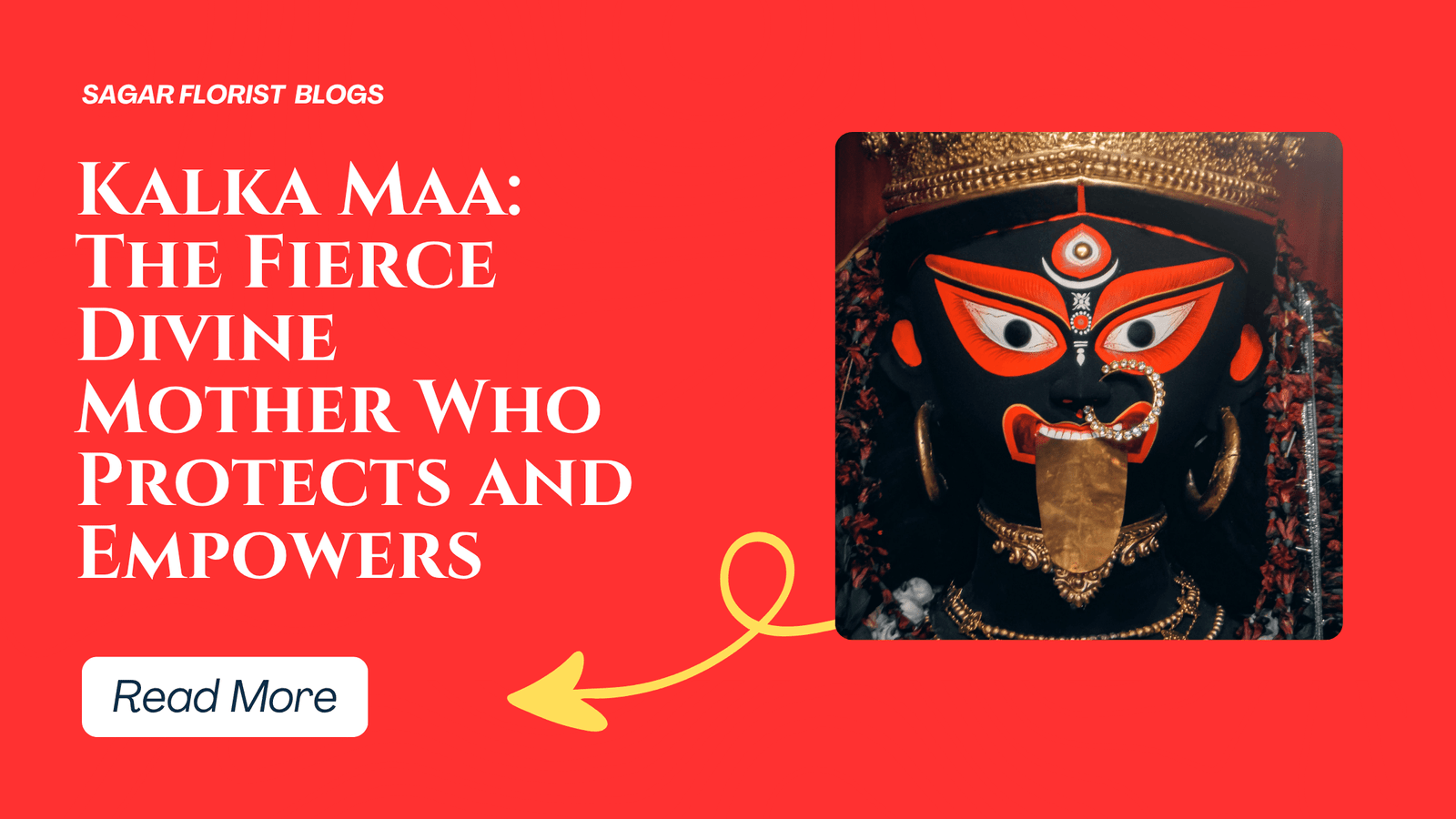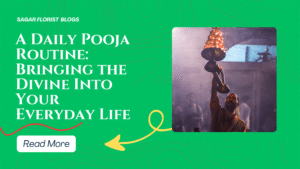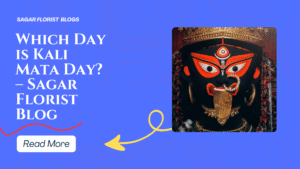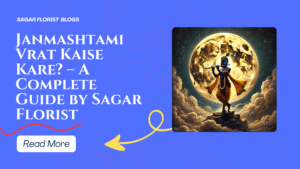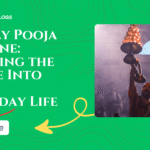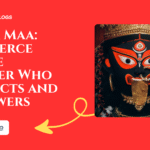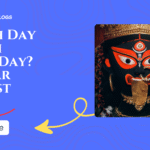Kalka Maa: The Fierce Divine Mother Who Protects and Empowers
In the vibrant spiritual landscape of India, Kalka Maa—also known as Kali Mata or Kalika Devi—stands out as one of the most powerful and awe-inspiring goddesses. She is the fierce form of Parvati, the consort of Lord Shiva, and symbolizes time, destruction, and the boundless power of femininity. Her name, “Kalka,” comes from “Kal,” which means time or death, representing her dominion over time and her ability to annihilate evil.
The Origin of Kalka Maa
According to Hindu mythology, Kalka Maa manifested during a time when the gods were powerless against a demon named Raktabija. Every drop of his blood that touched the ground would give birth to another demon. The gods, overwhelmed and desperate, prayed to Goddess Durga. In response, Durga transformed into a darker, more terrifying form—Kalka Maa.
With blazing eyes, wild hair, and a necklace of skulls, Kalka Maa charged into battle. She struck down Raktabija with ferocious energy, and to prevent his blood from falling on the earth, she drank every drop. Her intensity became so overwhelming that even the gods feared her. To calm her, Lord Shiva lay down in her path. When she accidentally stepped on him, she realized her actions and stuck out her tongue in shock and shame—a gesture now iconic in her imagery.
Symbolism and Meaning
Kalka Maa is not just a destroyer; she is also a liberator. Her destruction is not chaotic—it is purposeful, aimed at removing evil, ignorance, and ego. She represents Shakti, the divine feminine energy that creates, protects, and transforms the universe.
Her black or dark blue skin symbolizes the infinite night sky, beyond human comprehension. The skulls around her neck represent the cycle of life and death. Her protruding tongue and blood-stained mouth are reminders that true spirituality includes facing the darkest aspects of existence and transcending them.
Temples and Worship
One of the most famous temples dedicated to Kalka Maa is the Kalkaji Temple in Delhi, believed to be over 3,000 years old. Devotees from across the country come here, especially during Navratri, to seek her blessings. It is said that whoever prays to Kalka Maa with a pure heart will be protected from evil and guided toward truth.
Other important shrines include the Dakshineswar Kali Temple in Kolkata and the Kalighat Temple, which is one of the 51 Shakti Peethas—holy shrines where parts of Sati (another form of the goddess) are believed to have fallen.
Kalka Maa in Modern Times
In today’s world, Kalka Maa remains a powerful symbol of feminine strength, resilience, and fearlessness. Women and men alike look to her as a source of courage when facing life’s challenges. In a society struggling with injustice, inequality, and fear, Kalka Maa stands as a reminder that true power lies in transformation—and that even the darkest forces can be overcome.
Final Thoughts
Kalka Maa is not just a deity of destruction—she is the embodiment of time, change, and spiritual growth. To worship her is to embrace transformation, to face fear, and to emerge stronger. Her story continues to inspire generations to rise above darkness and live with fearless devotion.
